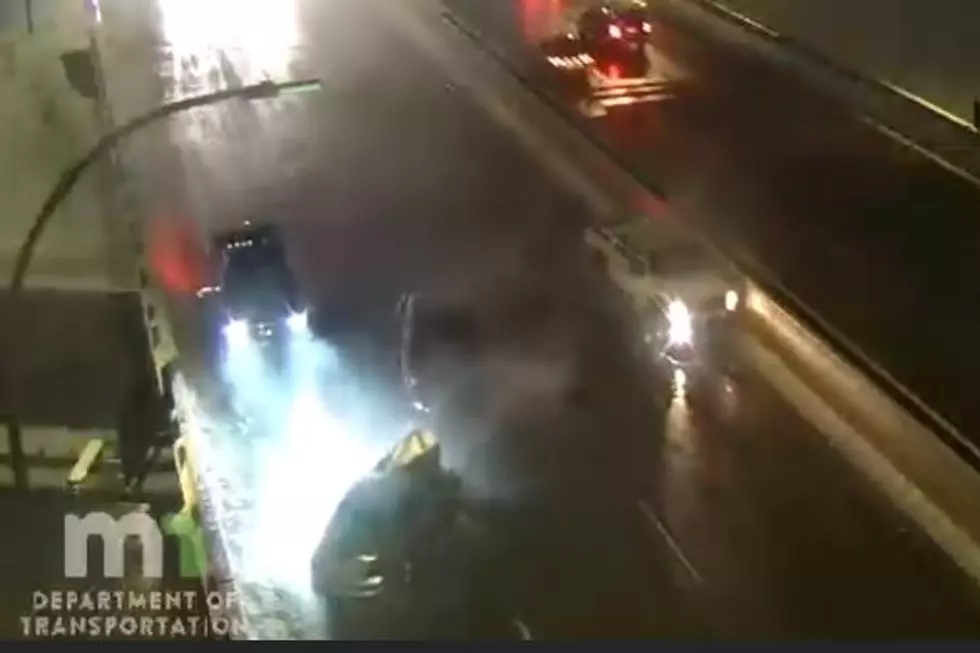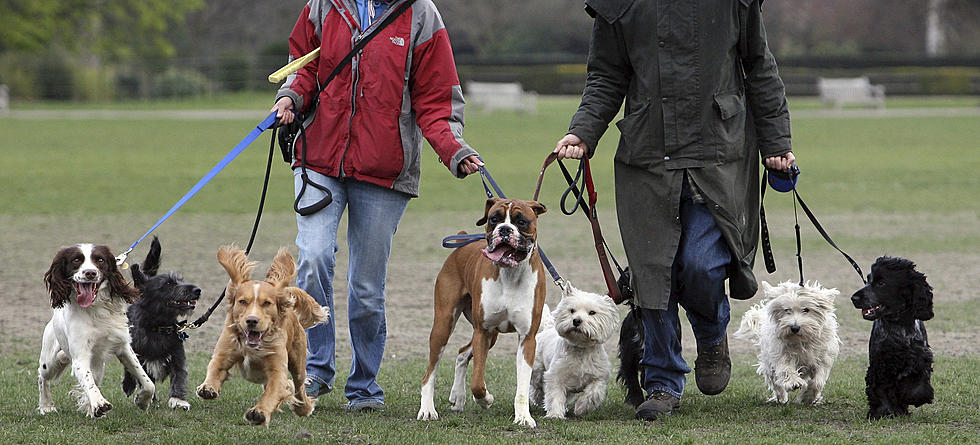
No One Should Have Walked Away From The Highway Crashes In Minnesota Recently
I'm sharing this video with you just to help remind everyone how quickly things can go wrong. In the blink of an eye, an accident like this can happen, changing families' lives forever.

WHEN THINGS GO FROM BAD TO WORSE
Mother Nature has no time for those that don't live cautiously. Could the accidents that you see in the video have been avoided, had people been paying attention to weather conditions? Could they have been avoided by simply slowing down? Or perhaps these accidents happened because someone was trying to multitask while driving, whether that be texting, fiddling around with the radio, trying to eat a sandwich, or putting their makeup on.
FIND YOUR INNER VOICE
We would all love for our car or our Mom to shout out at just the right time, "Hey! Pay attention! Now's not the time to be fooling around!" Unfortunately, there is no warning. You have to have an inner warning system that keeps you in line; paying attention to what's happening out there on the road, no matter how good of a driver you think you are.
USE THIS STRATEGY EVERY...SINGLE..DAY
I was taught in driver's training to use my IPDE strategy. It may have changed by now, but I never realized how watching that simple training would keep me alive this long on our highways. Identify, Predict, Decide and Execute your decision.
I'm always scanning traffic, assuming that something is going to happen. A tire may malfunction; a child may run out into the road, or a branch may fall. Knowing and paying attention to your surroundings, as well as knowing when wet roads change to freezing roads at 31 or 32 degrees, can really go a long way in your driving strategies.
Let's watch out for each other. Share this post and video with those you care about; in hopes of reminding us all how quickly a normal day can turn into a tragedy.
LOOK: The most expensive weather and climate disasters in recent decades
KEEP READING: What to do after a tornado strikes
TIPS: Here's how you can prepare for power outages
More From AM 1240 WJON

![Go Behind The Scenes At Five Major St. Cloud Landmarks [VIDEO]](http://townsquare.media/site/911/files/2023/10/attachment-Vals-Sign3.jpg?w=980&q=75)







